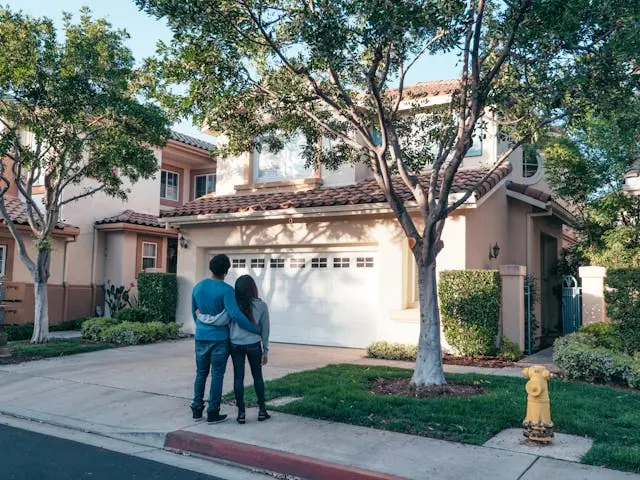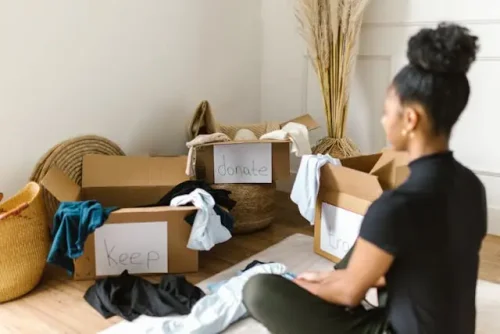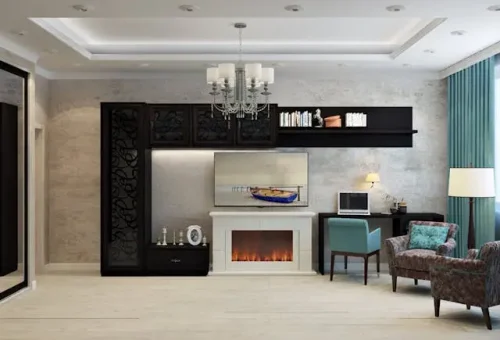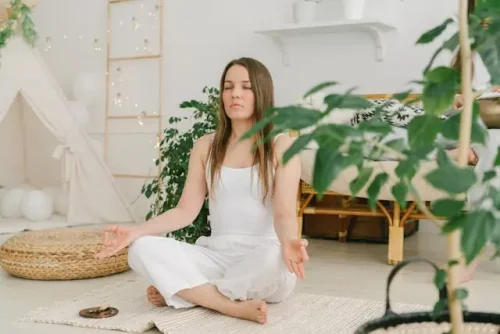
Tips for Maintaining a Minimalist Lifestyle Post-Move
Moving gives a rare chance to reset and rethink what matters. Everything feels new, but it’s easy to bring old habits into a new space. That’s why maintaining a minimalist lifestyle post-move matters so much. Boxes might be unpacked quickly, but clutter can pile up just as fast. Without a plan, even a clean home starts to feel crowded. Also, a move can support better habits, but only with the right choices. Simple routines, clear decisions, and mindful habits help keep things in check. This approach isn’t about throwing everything away, it’s about building a life with more clarity, space, and time to enjoy what truly counts.
Start with the Right Items First
After moving, every box doesn’t need to be emptied right away. Focus on the things used daily first. Essentials like kitchen tools, bedding, and work materials deserve attention early. Prioritize unpacking with intention to avoid filling drawers with items that don’t add value. Sorting slowly helps spot what no longer fits this phase of life. Take time to notice duplicates or rarely used objects. Choosing what belongs in each space creates order from the beginning. That choice supports less stress and a cleaner home from the start. Keep the flow simple and steady.

Clear Out the Extras Quickly
Moving often reveals just how much has been collected over time. Similar items tend to pile up fast. Look through each category and spot the extras. Two blenders or five coffee mugs may not serve any real purpose. Keep what works best and let go of the rest. Extra stuff clutters new spaces before routines even begin. It helps to decide quickly and stay firm. Too much choice leads to stress, not comfort. A simpler space feels lighter. Start with smaller areas and keep the process going. Consistency builds clarity over time.
Set Clear Limits for Every Space
Give every drawer, shelf, and cabinet a defined role. Group similar items together, books on one shelf and tools on another, to avoid random buildup. This kind of structure keeps clutter from creeping in unnoticed. Stick to the boundaries you’ve set. If something doesn’t fit, it’s time to sort, donate, or store it.
In truth, when space runs out or life circumstances shift, renting a storage unit can offer breathing room. These units are ideal for seasonal items, old furniture, or belongings you’re not ready to part with. Also, some of the items people typically store include books, extra paperwork, or equipment that only gets used occasionally.
However, storage should never become a blind spot. If you use it, plan to revisit it regularly. Long-term neglect just moves the clutter out of sight, not out of your life. Keep your home spaces open and functional. A smaller home can still work beautifully as long as every area serves a clear, intentional purpose.
Go Digital When Possible
Paper piles grow fast in any home. Bills, manuals, receipts, and notes take up space without much value. Scan important documents and store them in secure digital folders. This approach also reduces the time spent searching through clutter later. For those focused on maintaining a minimalist lifestyle post-move, digital storage makes a big difference. Cloud services and apps help organize files, photos, and reminders with ease. Try to unsubscribe from junk mail and choose paperless billing. Less paper means fewer distractions. A clean desk and empty drawers give space for more useful and intentional items.

Build Habits That Keep Things Simple
New spaces feel better when daily routines stay light. Put things back after use and keep surfaces clear. One smart trick is the “one in, one out” rule. Add something new, then remove something old. These small actions prevent clutter from returning. Daily habits also reduce the stress of moving to a new city. A calm space helps build focus and comfort in unfamiliar surroundings. Short reset times each evening help keep order. Just a few minutes can protect that fresh, open feel. Over time, these small habits shape a home that stays peaceful and simple.
Stick to What Matters Most when Maintaining a Minimalist Lifestyle Post-Move
A clean space feels better when each item serves a clear purpose. These simple tips help support that goal:
- Leave some areas empty. Space allows the room to breathe. It brings a sense of balance and gives the mind a break from constant visual input.
- Choose the decor with care. Select items that bring value, not just decoration. Art, objects, or furniture should serve a function or have a clear meaning. Avoid buying pieces just to fill a wall or match a trend.
- Try a 30-day box. When unsure about an item, place it in a box with a set date marked. If the item isn’t used or missed within 30 days, it likely serves no true purpose. Donate or recycle what remains in the box.
Read More: 5 Healthy Eating Habits During a Move
Stay True to What Matters Most
Minimalism works best when connected to clear values. Keep those values in mind when arranging each room. A calm space brings better focus, easier sleep, and more time for what matters. Choose items that support daily routines or reflect real needs. At the same time, don’t ignore the importance of comfort and expression. Also, personalizing your space adds meaning without adding clutter. A favorite photo, a handmade mug, or one cozy blanket can feel just right. These small touches make a space feel like home while still staying simple. Avoid adding things just to fill empty corners. Every item should earn its place. Keep returning to the reason behind choosing less. With steady habits and thoughtful choices, it’s easier to stay balanced and live with greater ease each day.

Keep Minimalism Alive After the Move
Minimalism doesn’t stop once the moving truck drives off. It continues with every shelf arranged, drawer filled, and item added. Maintaining a minimalist lifestyle post-move means choosing how to live each day, not just how to decorate a home. The real value shows up over time through peace, ease, and less stress. A calm space supports a calm mind. Staying consistent builds confidence in each choice made. So, let the move mark a lasting shift, not a temporary one. Minimalism works best when it fits daily life and reflects real needs. Keep things simple, stay focused, and the benefits will grow stronger with time.

